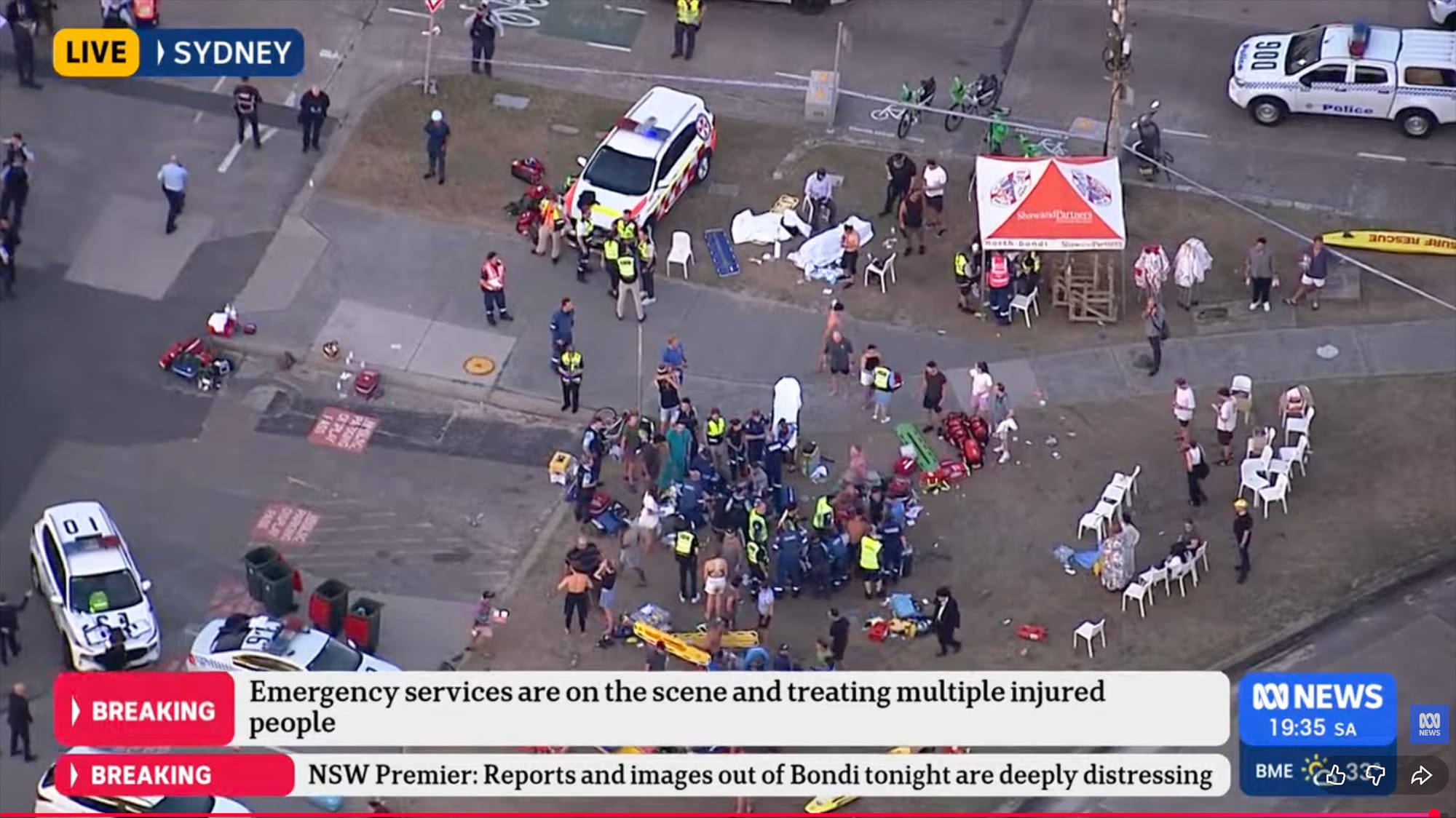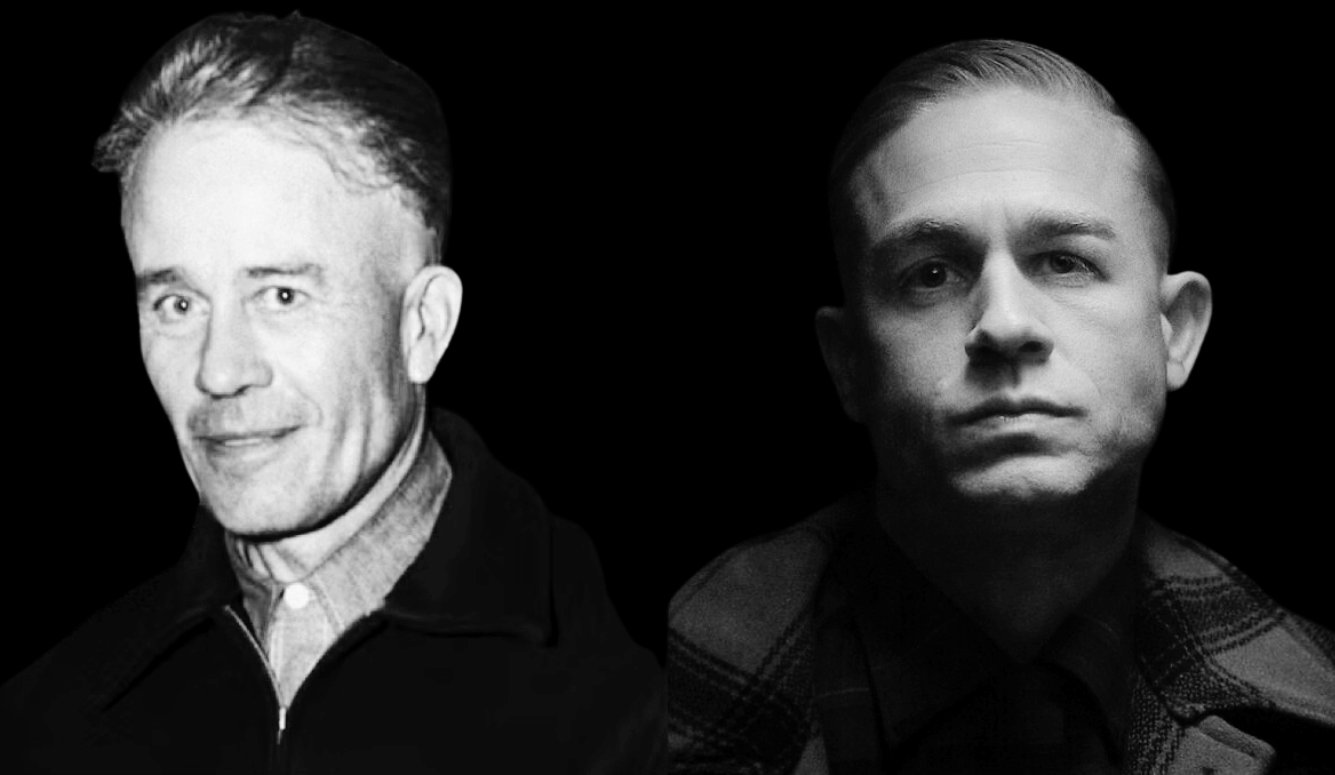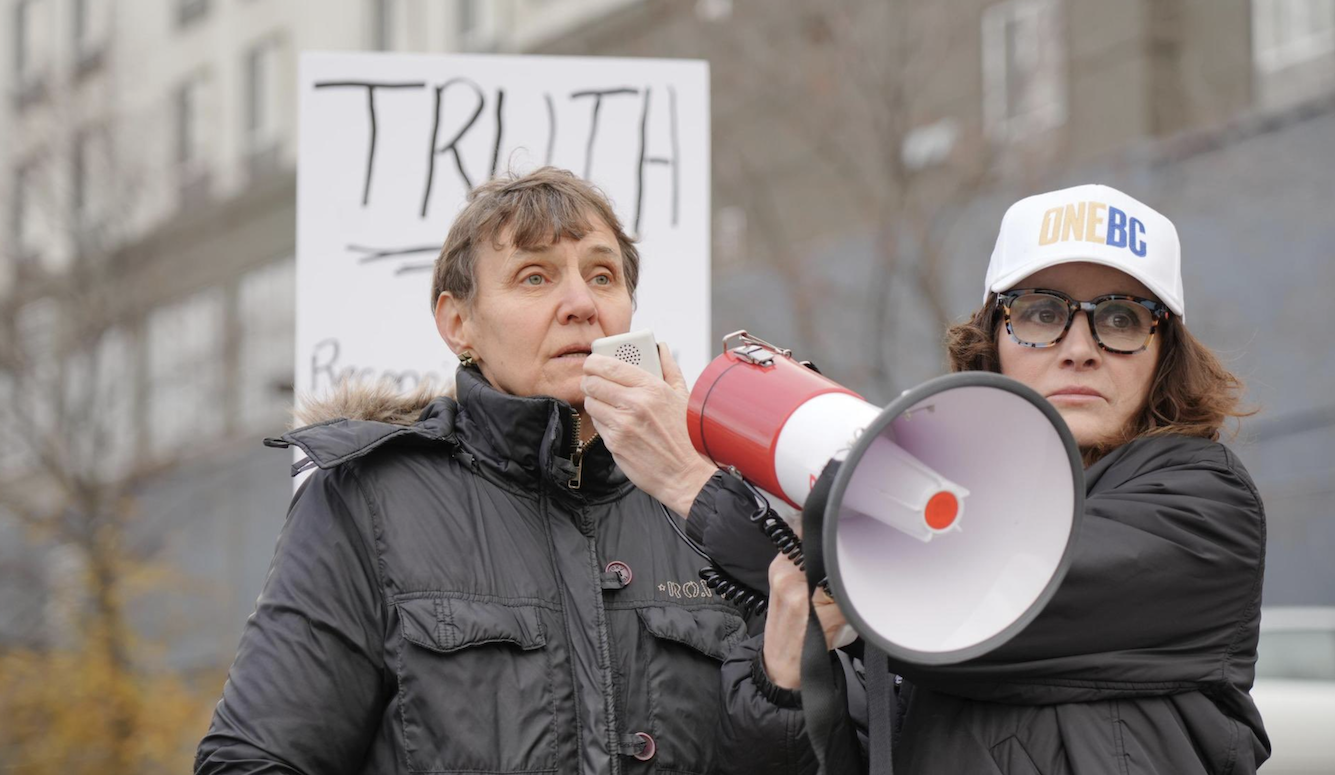Art and Culture
Ghosts of Electricity
The magisterial incomprehensibility of Bob Dylan’s ‘Visions of Johanna.’
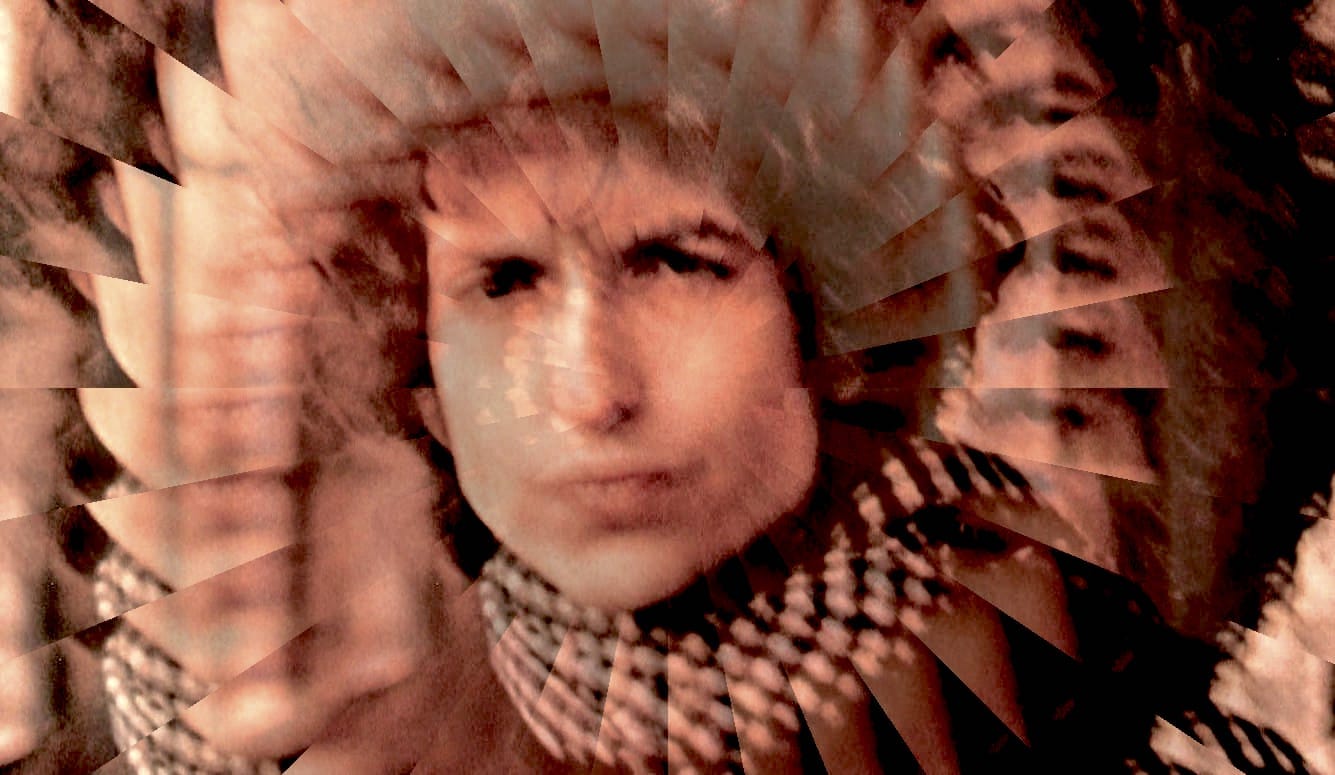
A full audio version of this article is available below.
I.
Over the restless course of Bob Dylan’s six-decade-plus career, the 83-year-old singer-songwriter has adopted a different narrative persona for each successive stage of his personal and musical journey. There was the young protest singer of the early 1960s who wrote “Masters of War” and “The Times They Are a-Changing”; this was followed by the period of surreal lyrics and an electrified rock band, resulting in three groundbreaking records; then the pastoral period when he retreated to Woodstock with his family and jammed with The Band at Big Pink; the subsequent mid-decade records chronicling emotional turmoil and divorce; the born-again records of the late 1970s and early ’80s; the directionless decade after that when his muse seemed to have deserted him; and finally, the creative renaissance that began with the Time Out of Mind album and persists to this day.
No stage fascinates me more than the one that began with his 1965 album Bringing It All Back Home, continued with Highway 61 Revisited later that year, and concluded with a motorcycle accident shortly after the release of his double-platter masterpiece, Blonde on Blonde, on 16 May 1966, much of which was written over several sleepless nights in the Chelsea Hotel. The songs from that period epitomise Dylan-as-symbolist, a poet and songsmith who coloured his tunes with aleatoric lyrics, erratic rhymes, and Jungian images. More than the previous two records, Blonde on Blonde seems to have been inspired by the conflicts and mysteries of his love life: “Sad-Eyed Lady of the Lowlands,” the obsessive lullaby that sprawls across the whole of the second disc’s second side, was a paean to his wife Sara Lowndes; “Just Like a Woman,” a chauvinist ballad, possibly about unstable actress Edie Sedgwick, one of Andy Warhol’s Factory girls with whom Dylan had a brief affair; and the mercurial “Visions of Johanna,” in which Dylan re-inhabits the modernist ironies of “Desolation Row” from Highway 61 Revisited.
Of these three tracks, “Visions of Johanna” has always been my favourite—a plotless seven-and-a-half-minute dreamscape, recorded in a single take on Valentine’s Day 1966. The song’s elliptical narrative is dominated by two mysterious women, neither of whom is clearly delineated, though one is more apparent than the other. Louise is an earth-bound lover and resourceful free spirit reminiscent of Dylan’s early Greenwich Village girlfriend Suze Rotolo. The other is the eponymous Johanna, a luminous Madonna figure and perhaps a doppelgänger of Sara, whom the singer sees in visions.
Both of these women are mythically one-dimensional (which leads me to wonder whether Dylan, already a Don Juan at just 24, understood the women in his life as more than projections). But the song’s enigmas are grounded by the folksong tradition and the tripartite rhetorical scaffolding within which they are structured. Each of the five stanzas begins by introducing a two-line theme (“Inside the museums, infinity goes up on trial / Voices echo, ‘This is what salvation must be like after a while’”); develops the couplet with images that pose and elude meaning; and concludes with a new couplet that temporarily resolves the preceding tension. (“A Hard Rain’s Gonna Fall” on The Freewheeling Bob Dylan also follows this pattern.)
In the first stanza, Dylan’s narrator—an “I” and a “we” like the split-personality in the 1957 film Three Faces of Eve—tells us that the night is playing tricks on his mind, and that neither he nor we can “deny” it. We then meet the trickster Louise who “holds a handful of rain, tempting you to defy it” (although it’s not clear what “it” is). She seems to oversee the dishevelled flophouse where the song’s (in)action takes place, and where other half-seen but fully felt nocturnal apparitions and their spectral sounds emerge. For the narrator(s), all this weirdness feels burdensome and constrictive. Amid the feverish hallucinations, the beckoning but elusive phantom of Johanna feels like a stabilising presence. But the longer the verses go on, the more we fall behind as surreal imagery accumulates, resisting interpretation. Only the simple melody supplies some coherence, guiding us through the narrator’s chaotic thoughts.
II.
I’m hardly the only critic over the past six decades who’s been beguiled and puzzled by “Visions of Johanna.” Andrew Motion, who was Britain’s poet laureate from 1999 to 2009, has described it as a splenetic masterpiece in which the singer “never sounded lonelier.” American music critic, author, and essayist Greil Marcus has described the song as an atmospheric narrative, curtained with “bohemian gloom.” In a 2008 article for the Guardian, Marcus reflected:
Line by line, “Blowin’ in the Wind” is pious, or falsely innocent—isn’t it obvious that whoever wrote “Yes, ’n’ how many seas must a white dove sail / Before she sleeps in the sand?” already knows the answer, assuming he, or anyone, can actually bring themselves to care about such a precious question? But “Visions of Johanna” is asking different sorts of questions. Such as: Where are you? Who are you? What are you doing here?
In his pioneering work of Dylanology, No Direction Home (1986), Robert Shelton quotes Bill King’s doctoral thesis (!) in which King notes that the song is “constantly [seeking] to transcend the physical world, to reach the ideal where the visions of Johanna become real. That can never be, and yet life without the quest is worthless.” And in an appreciation for a special 2001 issue of Q magazine, Bono gushed over the song’s off-kilter structure: “It’s extraordinary. He writes this whole song about this one girl [Louise], with these remarkable descriptions of her, but this isn’t the girl who’s on his mind! It’s somebody else!” In his 1988 book, Jokerman: Reading the Lyrics of Bob Dylan, Aidan Day remarked upon the song’s reference to gender ambiguity: “When the jelly-faced women all sneeze / Hear the one with the moustache say, ‘Jeeze / I can’t find my knees.’” Aidan believes this reading also helps to “erase” and “confuse” “gender difference” in a song that only really makes sense when treated as seriously symbolic and comically surreal.
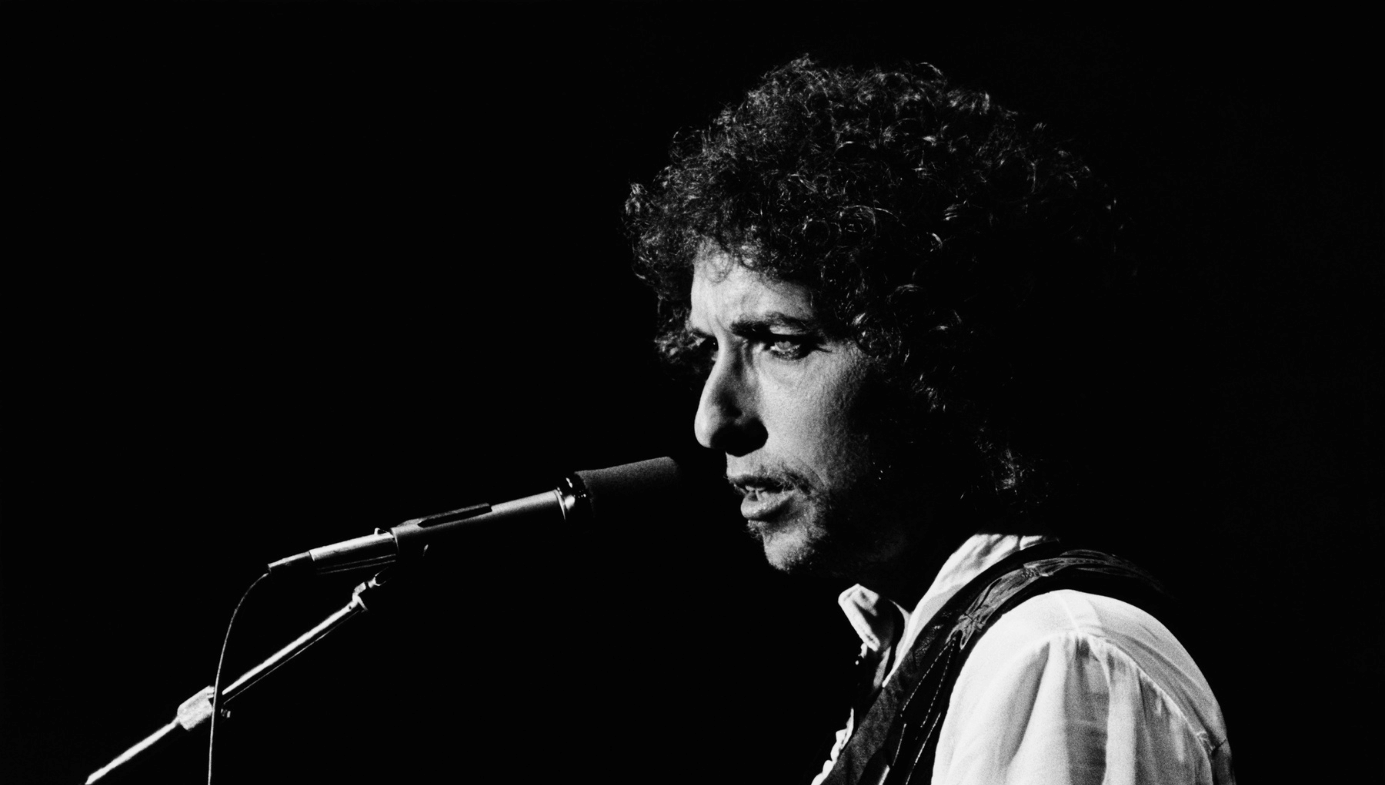
In Dylan’s Visions of Sin (2003), the classicist scholar Christopher Ricks identifies a number of artistic idiosyncrasies that comprise a Dylan tune from the 1960s. The phantasmagoric lyrics; the half-hesitant strumming of the chords; the melody imprecisely expressed by the sandpapery vocal; the capricious moods that swing from tender to surly in his acoustic or electric live renditions of any given song; the reproachful urgency with which he often assaults a vowel: “DEE-FYYYYYYIT” (a voice that poet and jazz critic Phillip Larkin called “cawing and derisive,” grinding out “unintelligible ... enchanting ... and half-baked” songs); and the harmonica’s decorative fanfares or wordless gales of fury and sap. What’s more, Ricks notes, the harmonica stops the voice and, in a sense, counterpoints it, much like a lead guitarist’s solo in the middle of a more conventional rock song.
But no matter how much this song is written about, discussed, and analysed, its mystery remains. Dylan’s lyrics—whether symbolic or surreal, narrative or balladic (“Blind Willie McTell” nests all four)—bridge the gap usually separating “literary” poems from popular songs that, poet Matthew Zapruder has observed, tend to be “written in a language regular people can understand.” In addition, in “Visions of Johanna” the collision of vowels and consonants somehow echoes the pugnacity of the lyric: “Jewels and binoculars hang from the head of the mule. / But these visions of Johanna, they make it all seem so cruel.” Binoculars, hang, head, make it all are sharply consonantal while the rhyming couplet is vowelised, with the word mule shakily balanced, mid-tightrope, until it leans on the cadential cruel for resolution. Chaos temporarily averted.
And then there are the kaleidoscopic shifts in points of view: the “I” who is haunted by visions; the “we” who may include the narrator and Louise; another “we” of indeterminate gender; a “you” who is Louise’s competitor or foil; and several “he”s and “she”s—hovering, appearing, disappearing—who are versions of the narrator or sundry passersby: a peddler, a countess, a nightwatchman, a little boy lost who “speaks of a farewell kiss to me,” a fiddler, another absent woman, Madonna (Mother Mary, I suspect) who “still has not showed.” Part of the song’s wizardry is that, while the words are disruptive, they are all held together by the song’s melody, which provides coherence as well as sonic pleasure for its own sake.
III.
Performance is critical to the assessment of any song. Sure, a tune can exist as printed lyrics, and in that form, “Visions of Johanna” reads rather like a John Ashbery poem. Even when written as sheet music, with the words sitting beneath the guitar tablature or piano arrangement, songs lack their proper formal distinction. As Dylan put it in an interview, “I wrote the songs so I could sing them,” a comment echoed by Greil Marcus, who observed: Dylan’s “words [are] meant to come to life when they [are] played and sung.” That vitality includes the singer’s now—his age, his mood, and the audience to whom he is delivering a given performance.
Any song performed live—be it a Verdi aria or a Hindustani gat—which attendees sing along to internally, or out loud, or in the next morning’s shower, moves into the listener’s closet, settles in among the hangers and the shelves and doesn’t leave. The original Blonde on Blonde studio recording of “Visions of Johanna,” remains, for me, the unimprovable version of that song, even though it was followed by various official and bootleg live performances. That first cut featured Al Kooper on organ, Robbie Robertson on guitar, and Joe South on bass, and those musicians recast the bright silvery sound of “Like a Rolling Stone” and somehow managed to capture lightning in a bottle a second time.
In Dylan’s early live performances of “Visions of Johanna,” he often played it acoustically, bleating the lyrics between sassy bursts of harmonica. In his updated 1990 edition of Mystery Train, Greil Marcus describes another version of the song that I’ve never heard, which Dylan plays with members of The Band who provided “the groove Dylan needs to find the rhythm in the lyrics.” It is a “gorgeous” rendition, Marcus writes:
[P]erhaps too gorgeous for the doomy, fated mood Dylan is trying to build. Garth [Hudson]’s organ seems instantly to lift the song about twenty feet off the ground; with [Richard] Manuel’s piano on one side and Robbie’s unobtrusive guitar on the other, the music swirls, round and round, until Dylan ends it with a long, low moan.
In recent decades, the song has appeared in Dylan’s setlists infrequently, its mystique now diminished. The ageing singer can give it only so much. The cellphone recordings are mostly hard-to-bear: monotonic, gravelly elocution (like Arnold Schoenberg’s Sprechstimme in the song cycle Pierrot Lunaire), his touring band jingle-jangling along with an indolent rhythm reminiscent of the Grateful Dead.
Perhaps the only stable assertion I can make about “Visions of Johanna” and its strange, Dalíesque imagery (“the ghost of ’lectricity howls from the bones of her face”) is about the experience of listening to the 1966 version hundreds of times. Every time I hear the whole thing, uninterrupted, I am fascinated all over again by its maddening obscurity. The repetition of favourite tunes is deeply comforting. Music researchers call this the “reminiscence bump”—the eerie effect of tunes that refresh our virginal ears and stalk us forever. As Dylan himself once put it: “A song is an experience, you don’t have to understand the words to understand the experience, and trying to understand the full meaning of the words may destroy the feeling of the experience.” Which I sort of grokked all along.
Curiously, I realise that if I tried to hum the opening eight notes of the Adagietto from Mahler’s Fifth Symphony, I’d have a helluva time. This is not true at all of the opening line of “Visions of Johanna,” just as soon as I see the words: “Ain’t it just like the night to play tricks when you’re trying to be so quiet.” Start by saying the words, pause a moment on “it,” catch the beat on “just,” and as if by magic, the tune arises.

